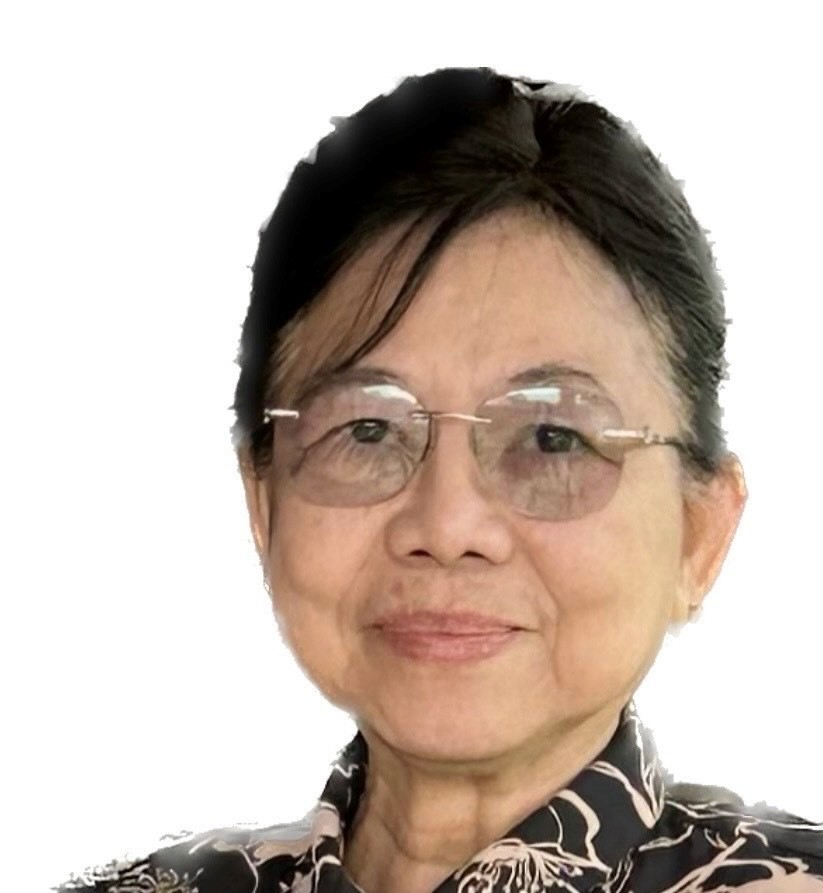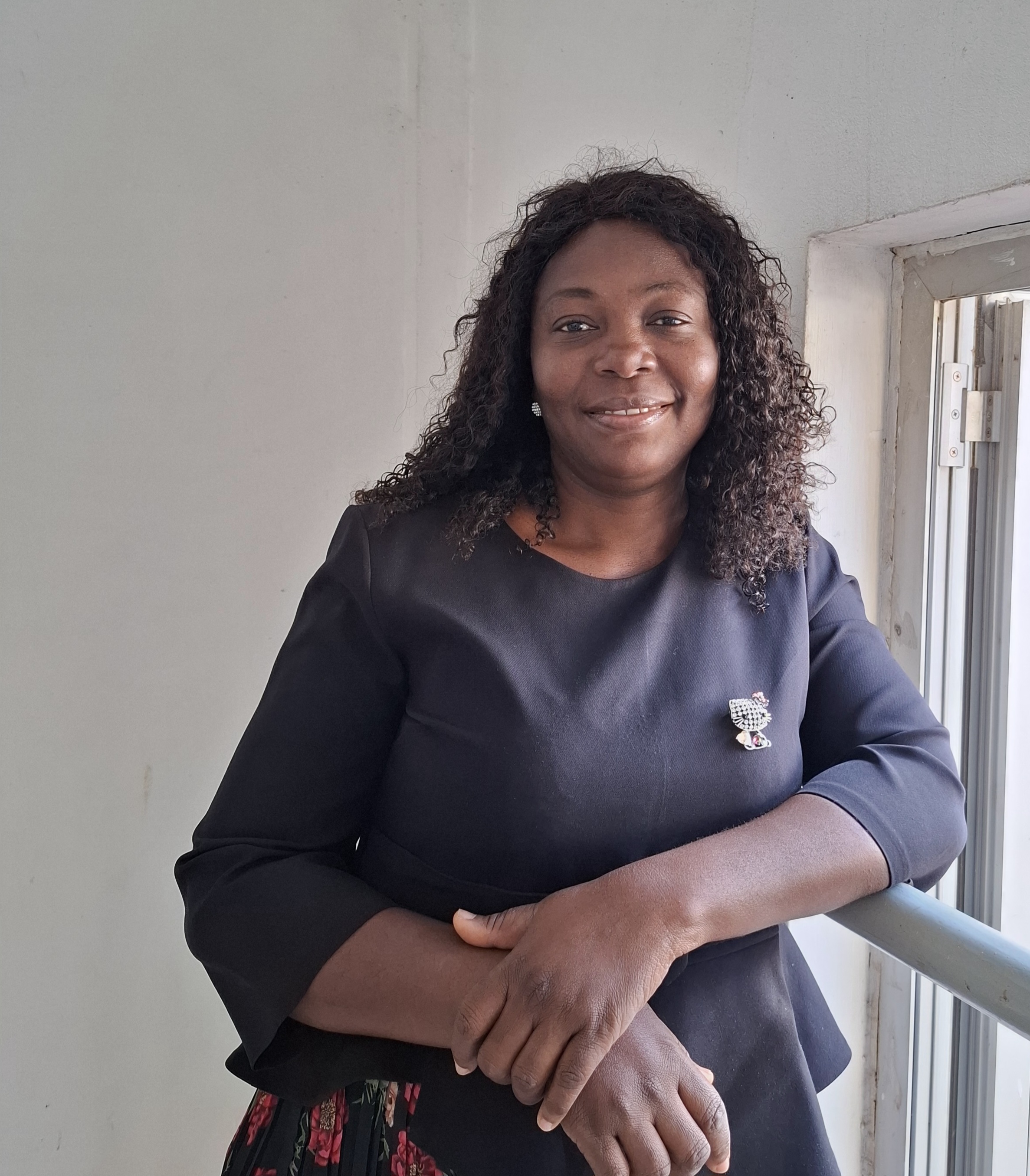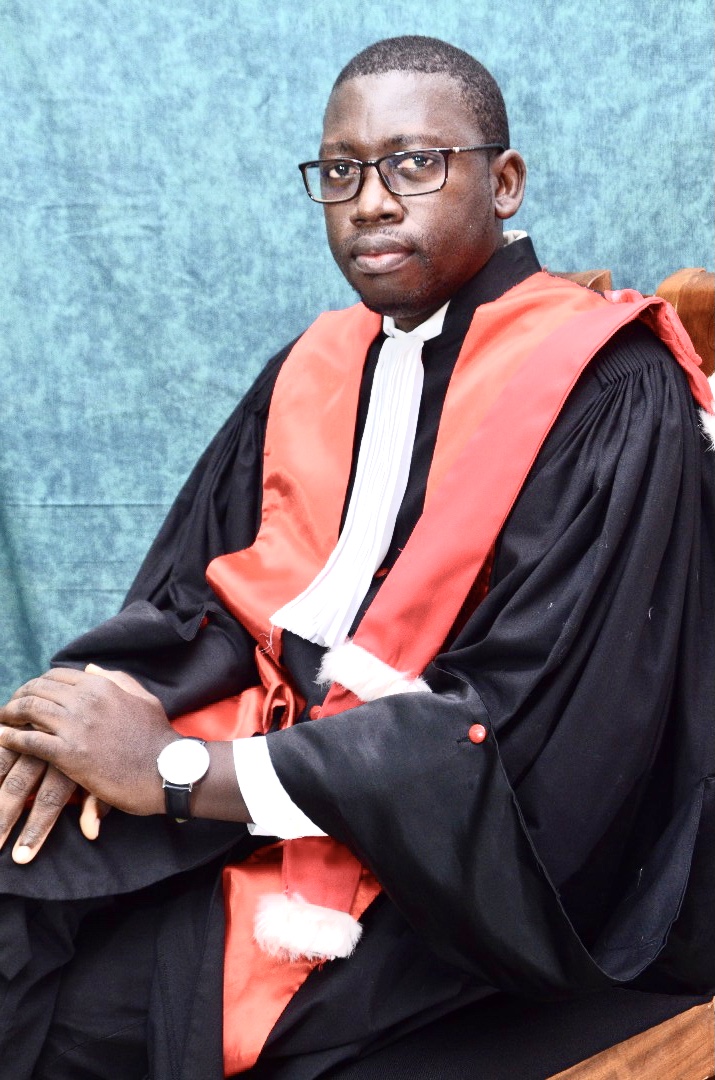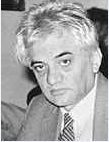Case Report
Evaluation of Spinal Cord Injury and Lesion with the Help of CT and MRI
- Ekta Singh *
- Zafar Ali
Department of Paramedical Sciences, Radiology, Netherlands.
*Corresponding Author: Ekta Singh, Department of Paramedical Sciences, Radiology, Netherlands.
Citation: Singh E., Ali Z. (2025). Evaluation of Spinal Cord Injury and Lesion with the Help of CT and MRI, Clinical Case Reports and Studies, BioRes Scientia Publishers. 9(4):1-7. DOI: 10.59657/2837-2565.brs.25.229
Copyright: © 2025 Ekta singh, this is an open-access article distributed under the terms of the Creative Commons Attribution License, which permits unrestricted use, distribution, and reproduction in any medium, provided the original author and source are credited.
Received: January 23, 2025 | Accepted: February 06, 2025 | Published: February 13, 2025
Abstract
In a nutshell Spinal Cord Injury (SCI) is an unexpected beginning disturbance to the neuronal tissue inside the spinal waterway bringing about spinal line harm, which happens because of injury, sickness or degeneration. Any harm to the spinal rope is an exceptionally perplexing physical issue. The spine is made up of 33 vertebrae that is twelve thoracic vertebrae, 7 cervical vertebrae, five fused sacral vertebrae, 5 lumbar vertebrae and four fused coccygeal vertebrae. The spinal rope connects the mind and the fringe nerves, sending engine data from the cerebrum to the muscles, tissues, and organs, as well as tangible data from these places back to the cerebrum. Imaging innovation is a significant piece of the analytic course of intense or constant spinal string wounds. Spinal string wounds can be recognized utilizing various kinds of imaging, which relies upon the sort of fundamental pathology. Computed Tomography (CT) can detect delicate tissue changes such as line oedema, localised necrosis, demyelination, pimples, or abscesses, which result in decreased signal thickness, whereas haemorrhages and calcifications increase signal thickness. When spinal equipment in place makes MRI difficult, a combination of processed tomography and myelography better describes anomalies in the spinal trench than registered tomography alone. Extradural sores (growth, arteriovenous malformations) and channel split the difference are notably visible in figured tomography myelograms.
Keywords: spinal cord; MRI; CT; tomography
Introduction
Spinal cord is cylindrical structure that goes from brain stem to lower back, passing through the core of spine. It's a fragile structure made up of nerve bundle of nerves and cells that transmit instructions from brain to rest of body. The spinal cord is considered to be the most important component of nervous system.
Figure 1: Spinal cord injury
A sudden, severe trauma to the vertebrae causes the majority of spinal cord injuries. Spinal cord and nerves are then damaged by the fragmented bones. An injury can totally sever or split the spinal cord in rare cases.
Figure 2: spinal cord with injury
Types of Spinal Cord Injury
There are four sections of the spinal cord that impact level of spinal cord injury: cervical, thoracic, lumbar and sacral. Each section of the spine protects different groups of nerves that control body. The types and severity of spinal cord injuries can depend on the section of the spine that is injured.
Cervical spinal cord injuries
Cervical spinal cord injuries attack the head and neck region above shoulders. It is the most severe level of spinal cord injury.
Thoracic Spinal Cord Injuries
Thoracic spinal cord injuries attack the upper chest, mid-back and abdominal muscles. Arm and hand function is usually normal with this level of spinal cord injury.
Figure 3
Lumbar spinal cord injuries
Lumbar spinal cord injuries affect hips and legs. Individuals may need a wheelchair or walk with braces with this level of spinal cord injury.
Figure 4
Sacral Spinal Cord Injuries
Sacral spinal cord injuries affect hips, back of the thighs, buttocks and pelvic organs. Individuals are most likely able to walk with this level of spinal cord injury [9,10,11].
Figure 5
Diagnosis of spinal cord injuries
The following imaging tests can help in diagnosis of a spinal cord injury:
• A CT scan to check for shattered bones, blood clots, or damage to blood vessels.
• Magnetic resonance imaging (MRI) to examine the spinal cord and/or soft tissues.
• X-ray to see if there are any fractured or dislocated bones (bones knocked out of place).
An electromyogram (EMG) can be used to monitor electrical activity in muscles and nerve cells if there is co-existing peripheral nerve injury. (An EMG is rarely necessary in case of a spinal cord injury) [4].
Equip mentation
MRI: Magnetic Resonance Imaging
MRI which is a medical imaging technique that is primarily used in radiology and nuclear medicine to investigate anatomy and physiology of body and detect pathologies such as tumors, inflammation, muscle and joint disorders, neurological complications such as stroke, and abnormalities in heart and blood vessels. Chemicals like contrast can be injected intravenously or into joint to improve image and aid diagnosis. MRI does not generate ionizing radiation, unlike CT and X-ray, making it a safe method to diagnose children and repeat runs. Patients having cochlear implants, non-ferromagnetic metal implants, and cardiac pacemakers can now get an MRI despite effects of strong magnetic fields [3].
CT scan
It gives 3dimensional cross sectional pictures of inward organs and designs. CT filter gives three-layered data on a solitary plane. The CT scanners are utilized to see pictures of inner organs, bones, delicate tissues and veins. It gives data on the size and area of organs. When a restricted light emission beam is directed at a patient, it surrounds the body, which sends signal that are constrained by machine's PC to make cross-sectional images or "cuts" of body. These cuts are alluded to as tomographic pictures, since they consist more data than conventional x-beams. When the machine's PC has gathered various progressive cuts, they can be carefully "stacked" together to produce a three-layered picture of the patient, making it simpler to distinguish and find fundamental designs as well as thought cancers or abnormalities [5].
Figure 6
Case Study
Case No: 1
PATIENT- Age: 9 months old/M
HISTORY: flaccid paraplegia following a road traffic accident 7 months ago.
Case discussion: there is an irregularity of the dorsal spinal string from D2 to D5 level with areas of cystic cavitation as well as stringy tissue groups associating the cranial and caudal edges of the injury with regards to a constant spinal rope injury.
Figure 7
Impression: Case showing the chronic MRI appearances of traumatic spinal cord injury.[15]
Case No 2: Cervical trauma
PATIENT: AGE: 40 years old/M HISTORY: trauma from 15 days ago, no initial image after trauma with increasing intensity of pain 2 days ago.
Figure 8
Impression: Post-traumatic multiple injuries of the cervical spine include: C3 hyperextension teardrop fracture. Anterior translation of C6 over C7 with C6-7 perched facet joint on the left side. C6 left spondylolysis
Case No 3: Burst fracture L1
PATIENT: Age:40 years old/M
HISTORY: fall from height
Figure 9: Sagittal T2; Sagittal T1
Impression: Burst fracture of L1 vertebrae with retro pulsed fragment, which narrows the central canal causing local spinal cord compression. Burst fractures are a form of compression fracture that occurs when a vertebral body and the posterior vertebral body cortex are disrupted which results in high-energy axial loading spinal trauma [17].
Case No 4: Traumatic L1 vertebral body fracture
PATIENT -AGE: 29 years old/F
HISTORY: vertebral body fracture at L1 following a motor vehicle accident.
Figure 10
Impression: L1 vertebral body fracture and Two column injury at the thoracolumbar junction [18].
Case No 5: Traumatic spinal cord injury
PATIENT -Age: 50 years/F HISTORY: road traffic accident.
Figure 12: Axial bone window; B. sagittal bone window; C. coronal bone
Impression: The patient presented with quadriplegia. This case shows severe cervical spinal cord injury secondary to fractures with retropulsion fragments causing severe cord compression [19].
Result and Conclusion
Computed Tomography (CT) can detect delicate tissue changes such as line oedema, localised necrosis, demyelination, pimples, or abscesses, which result in decreased signal thickness, whereas haemorrhages and calcifications increase signal thickness. When spinal equipment in place makes MRI difficult, a combination of processed tomography and myelography better describes anomalies in the spinal trench than registered tomography alone. Extradural sores (growth, arteriovenous malformations) and channel split the difference are notably visible in figured tomography myelograms. Imaging plays an important role in the evaluation of acute and chronic spinal injury. Spinal cord and soft-tissue injuries are best evaluated by magnetic resonance imaging (MRI), whereas spinal fractures are better characterized by computed tomography (CT). Vascular injuries can be evaluated using CT or MR angiography. Specifically, the NICE guideline recommends MRI in the presence of abnormal neurological examination to exclude injuries to the C-spine disc, spinal cord, and ligaments following a prior positive or negative CT finding.
References
- Riddoch, G. (1917). The reflex functions of the completely divided spinal cord in man, compared with those associated with less severe lesions. Brain.
Publisher | Google Scholor - Folman, Y., & El Masri, W. (n.d.). Spinal cord injury: Prognostic indicators. Injury.
Publisher | Google Scholor - Grover, V.P., Tognarelli, J.M., Crossey, M.M., et al. (2015). Magnetic resonance imaging: Principles and techniques: Lessons for clinicians. Journal of Clinical and Experimental Hepatology, 5(3):246-255.
Publisher | Google Scholor - Gaillard, F., & Bell, D. (2022, May 8). MRI sequences (overview). Radiopaedia.org.
Publisher | Google Scholor - Robb, R.A. (1982). X-ray computed tomography: From basic principles to applications. Annual Review of Biophysics and Bioengineering, 11:177-196.
Publisher | Google Scholor - Fehlings, M.G., Wilson, J.R., Frankowski, R.F., Toups, E.G., Aarabi, B., Harrop, J.S., et al. (2012). Riluzole for the treatment of acute traumatic spinal cord injury: Rationale for and design of the NACTN Phase I clinical trial. Journal of Neurosurgery: Spine, 17(1S):151-156.
Publisher | Google Scholor - Edmund, J.M., & Nyholm, T. (2017). A review of substitute CT generation for MRI-only radiation therapy. Radiation Oncology, 12(1):1-15.
Publisher | Google Scholor - Hathcock, J.T., & Stickle, R.L. (1993). Principles and concepts of computed tomography. Veterinary Clinics of North America: Small Animal Practice, 23(2):399-415.
Publisher | Google Scholor - Curry, T.S., Dowdey, J.E., & Murry, R.C. (1990). Christensen's physics of diagnostic radiology. Lippincott Williams & Wilkins.
Publisher | Google Scholor - National Spinal Cord Injury Statistical Center. (2016). Spinal cord injury (SCI) 2016 facts and figures at a glance. Journal of Spinal Cord Medicine, 39(4):493-494.
Publisher | Google Scholor - Ellingson, B.M., Salamon, N., & Holly, L.T. (n.d.). Imaging techniques in spinal cord injury. World Neurosurgery.
Publisher | Google Scholor - Edmonds, M.E. (2020). Strategies to model the testis ex vivo and in vitro (Doctoral dissertation, Northwestern University).
Publisher | Google Scholor - Chandra, J., Sheerin, F., Lopez de Heredia, L., Meagher, T., King, D., Belci, M., & Hughes, R.J. (n.d.).
Publisher | Google Scholor - Kraft, R., & Dorstyn, D. (2015). Psychosocial correlates of depression following spinal injury: A systematic review. The Journal of Spinal Cord Medicine.
Publisher | Google Scholor - Holland, C.M., Mazur, M.D., Bisson, E.F., Schmidt, M.H., & Dailey, A.T. (2017). Trends in patient care for traumatic spinal injuries in the United States.
Publisher | Google Scholor - Hadley, M.N., Walters, B.C., Aarabi, B., Dhall, S.S., Gelb, D.E., et al. (2013). Clinical assessment following acute cervical spinal cord injury. Neurosurgery, 72(S3):40-53.
Publisher | Google Scholor - Qiu, T.X., Tan, K.W., Lee, V.S., & Teo, E.C. (2006). Investigation of thoracolumbar T12–L1 burst fracture mechanism using finite element method. Medical Engineering & Physics, 28(7):656-664.
Publisher | Google Scholor - Caron, T., Bransford, R., Nguyen, Q., Agel, J., Chapman, J., & Bellabarba, C. (2010). Spine fractures in patients with ankylosing spinal disorders. Spine, 35(11):E458-E464.
Publisher | Google Scholor - Kumar, R., Lim, J., Mekary, R.A., Rattani, A., Dewan, M.C., Sharif, S.Y., Osorio-Fonseca, E., & Park, K.B. (2018). Traumatic spinal injury: Global epidemiology and worldwide volume. World Neurosurgery, 113:e345-e363.
Publisher | Google Scholor - National Institute of Neurological Diseases, Blindness (US). (n.d.). National Institute of Neurological Diseases and Blindness (US).
Publisher | Google Scholor

























